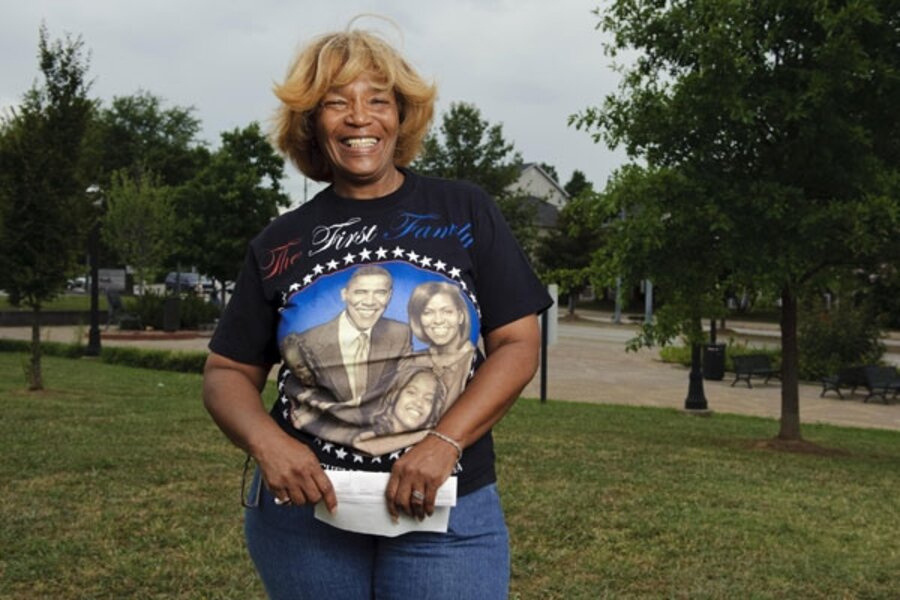Minimum wage goes up. Do workers care?
Loading...
| New York
In some border towns in Texas, half the workforce makes the minimum wage. So those workers got a raise on Friday when the federal minimum wage was hiked 70 cents to $7.25 an hour. They'll be shouting, "Olé!”
But in 27 other states, the state minimum wage is already higher than $7.25 an hour. In fact, of the 130 million US workers, only 60 percent are paid an hourly rate. And the national hourly salary is $18.50 an hour. Most of those workers are wondering: What’s the big deal?
According to the Economic Policy Institute (EPI), the minimum-wage increase means that some 4.5 million workers get raises collectively worth $1.6 billion annually. However, economist John Canally of LPL Financial in Boston, using Department of Labor statistics, thinks the impact will be far smaller: Only 300,000 workers, he says, are paid at minimum wage, and 1.9 million are paid less than the minimum (but they may get tips that raise the total remuneration above the minimum).
“It’s not a big deal,” Mr. Canally declares.
Still, Kai Filion, a policy analyst at the EPI, says the change is “a step in the right direction” and will result in some people earning an extra $28 more per week.
“It certainly will not buy a car, but it’s helpful,” he says. “It doesn’t raise people out of the poverty threshold.”
Yet the new rate will have a big impact in Texas, which, according to Mr. Filion, has 1 million people making the minimum wage or less. According to a report issued last year by the Federal Reserve Bank of Dallas, Texas has some densely populated low-wage areas, especially along the US-Mexico border.
“If you look at smaller towns and rural towns, you see a tremendous share of hourly workers making minimum wage,” says Pia Orrenius, co-author of the report and a senior economist.
Here are some Texas professions and industries that pay the minimum wage or close to it, according to the report:
• The top industry for low pay is food services and drinking establishments. That would be why the biggest occupations paying the minimum wage include dishwashers and restaurant hosts and hostesses.
• Other parts of the service industry rank second. This would involve cashiers at small stores, baggers at grocery stores, and landscapers.
• Retail trade comes in third.
Although some Texas workers will benefit from the new wage level, the Dallas Fed also wanted to estimate how many jobs would be lost because employers could not afford the new wages. It found that for every $1 increase in the minimum wage, the state would lose 15,000 jobs.
“For a large labor force, that is not much,” Ms. Orrenius says.
Nationally, the new wages are likely to have almost no impact on low-wage industries or professions, according to Canally, who calculates that the average hourly wage for retail workers is $14 an hour and $11 an hour for hotel workers.
“Economy-wide, you won’t even notice it in the economic data 10 years from now,” he says.
But, Filion argues, every little bit helps. “The fact is this is only a small increase," he says, "and the fact people will still be struggling is an indicator that the minimum wage is too low even after this increase.”





